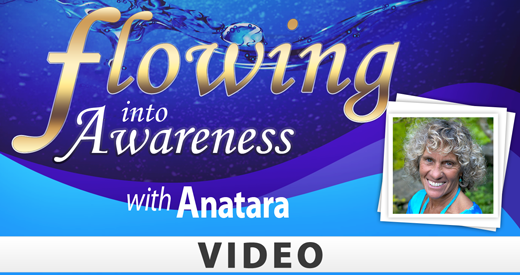| YogaHub |  |
Finding Your Inner Strength With Yoga
In my classes we go from one extreme to the next. I offer very gentle, therapeutic, in-chairs classes, classes that are very athletic and will challenge you in every aspect, and everything in between. The one thing they all have in common is that I strive to get my students to find their “inner strength” from the deepest core muscles of the body.
So what are the core muscles of the body? The core muscles are located in the trunk of the body and sustain us for long periods of sitting or standing.
The muscles of the trunk are divided into two categories: “mobilizers” and “stabilizers.”
The mobilizers are:
the rectus abdominus;
obliques;
lateral portions of erectorspinae;
latissimus dorsi; and
quadratuslumborum.
These muscles are designed for quick, powerful and explosive movements. However, their capacity for endurance or sustained activity is limited due to their muscle. Therefore, their capacity to provide core stability is limited.
The stabilizers, which are the core muscles that go from spinal segment to spinal segment, are:
multifidus;
rotatores; and
transversus abdominus.
These muscles are designed for prolonged use and endurance.
The transversus abdominis is responsible for drawing in the abdominal wall (Uddiyana Bandha) and increasing pressure within the abdomen, thus stabilizing the spine, while the multifidus muscles are responsible for finely adjusting vertebrae with small movements. The pelvic floor muscles also play a role in support of the spine(Muhla Bandha). This middle layer of muscles provides the majority of the low-back stability by preventing excessive bending or rotating of each vertebra. These are anticipatory muscles, meaning they activate before any actual body movement occurs. With injury to the lower back there is a delayed activation of the transversus abdominis, which inhibits the stabilizing function that it normally has. Muscles will not reactivate on their own. You must re-train them to prevent recurring injury. Other muscular systems that also add stability to the spine are the latissimus dorsi, the gluteus maximus and the internal and external obliques.
These are our true strength muscles. I always tell my students to think of themselves as a building. If we put all of the weight on the “outside” of the building we will collapse in the center, but when we bring support from the center of the body, we will stand strong and erect.
In yoga we do this with the bandhas or locks. Uddiyana Bandha is an abdominal lock that pulls all the muscles in, hugging the midline of the body and creating a strong trunk. Mulha Bandha is engaging the pelvic floor by drawing it up and in, stabilizing the pelvis. This comes into play when we are doing any type of stabilization pose such as plank, the warriors, and balancing poses. They are also very important in preventing injury during yoga practice.
This aspect of muscular energy is very important in finding our own inner strength and empowerment, and in making our yoga practice seem effortless.






